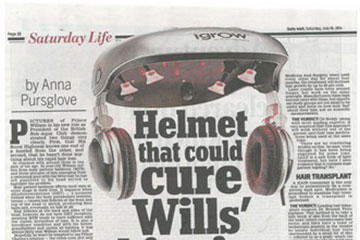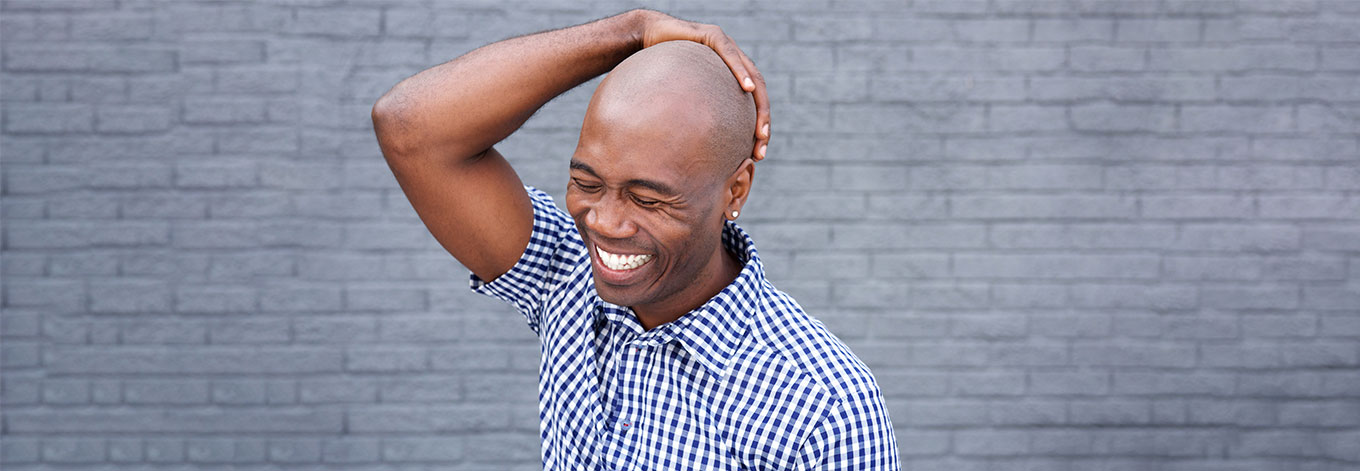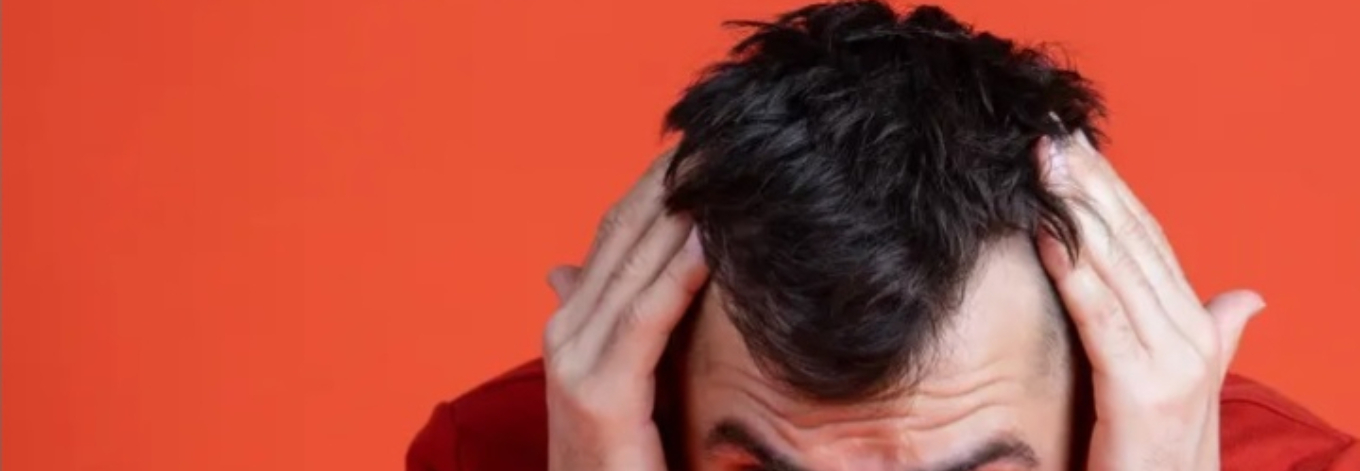
Helmet that could cure Prince William’s thinning crown
HAIR LOSS
Mail Online
Pictures of Prince William in his new role as President of the British Sub-Aqua Club demonstrated two things very clearly.
First, that His Royal Highness knows one end of a snorkel from the other, and second, that he hasn’t done anything about his rapid hair loss.
In common with around three in ten men of his age, 32-year-old William suffers from male pattern baldness (MPB) and those pictures of him emerging from a swimming pool with the little hair he has left plastered to his head served to highlight the problem.
Male pattern baldness affects most men at some stage in their lives.
It happens when dihydrotestosterone (DHT) — a hormone formed when the body metabolises testerosterone — causes hair follicles at the front and top of the head to shrink, producing finer hairs and, eventually, no hair at all.
Hair follicles at the back and sides of the head, however, do not have DHT receptors, meaning MPB tends to leave sufferers with the classic horseshoe of hair.
It is also a hereditary condition and with his father, grandfathers and uncles all balding, it was always likely that William would follow suit.
Hopefully, he won’t be tempted to use Prince Charles’s solution — the comb-over. Not only does it fail to disguise the royal bald spot, it has a habit of blowing around in high winds to create an alarming spiky halo.
If William wants to tackle his baldness there are many remedies on offer, from homespun to high-tech. Here, the country’s leading hair loss experts explain which might work for William…
Kitchen cures
Onion, garlic, coconut, henna, egg, tomato ketchup, fabric softener, banana, artificial sweetener . . . you name it, someone has suggested it as a cure for hair loss. Michael Winner once let it be known that he maintained those famous white locks by washing his hair in beer.
The verdict: Dr Raghu Reddy of London’s The Private Clinic is a leading hair transplant surgeon who has worked with high-profile clients including Premier League footballers.
He says: ‘There is some evidence to suggest that henna helps to moisturise hair and will therefore improve its appearance, but it will have no effect on baldness and, I’m afraid, neither will any of these other home remedies.
‘They may make the hair you have look slightly fuller for a day or two — as is the case with beer which leaves a residue of hops and barley as it evaporates — but they will have absolutely no impact on actual hair loss.’
Drug treatment
There are two options here with countless studies supporting each. All hair loss experts agree that both medications work, although results vary depending on the individual.
The first is finasteride, an oral medication with the trade name Propecia. The second is minoxidil, a topical medication with the trade name Regaine. Neither is available on the NHS.
Some clinics prescribe their own preparations and also use the two medications in combination. Both will stop working if you stop taking them so it would have to be a lifelong commitment if you plan to keep your hair.
The verdict: Dr Reddy explains that while Propecia (in use since the late Nineties) is roughly twice as effective at halting male pattern baldness, it can also (in around two per cent of men) cause side-effects, which include loss of libido, anxiety and depression.
Propecia is a prescription-only medication, which acts as a DHT inhibitor, thereby halting the detrimental effect of the hormone on hair follicles.
Minoxidil — on the market as an anti-hair loss product since the Eighties — is less effective, but has milder side-effects.
The exact mechanism by which it works isn’t fully understood, but it does help retain hair and slow the thinning process.
It cannot be used on areas that are completely bald.
As with Propecia, the medication works only when used continuously.
Laser remedies
Whether you opt for the space-age iGrow helmet (£665) or a slightly less futuristic ‘laser comb’ (around £300), the principle is the same. Manufacturers claim these low- level laser therapies (LLLT) will re-energise and strengthen cells in the hair follicles, combating hair loss. Both are suitable for use at home.
Hitting the market in 2013, the iGrow is a helmet (which even plays music while you use it) filled with red laser and LED light diodes. According to a study published by the American Society For Laser Medicine And Surgery, when used every other day for about four months, the treatment will increase hair growth by up to 40 per cent.
Laser combs have been around longer, but work on the same principle. Manufacturers claim high success rates with them, but experts say study groups are too small to be useful and focus on how men ‘feel’ about their hair, not on scientific measurements.
The verdict: Dr Reddy (along with most leading experts) is very sceptical that this approach will work without one of the proven anti-hair loss medications being used at the same time.
‘There are no convincing studies on this,’ he says, ‘even though it has been being explored for some time. LLLT is a safe form of light treatment, but have I seen evidence that it combats male pattern balding? No.’
Hair transplant
A hair transplant is the only way to permanently fix a completely bald spot. Medication is prescribed to maximise hair coverage before a transplant is performed.
Dr Farjo and Dr Reddy agree that not everyone is a suitable candidate for transplant. Neither surgeon will accept men below 30 because hair loss patterns are unpredictable and expectations often unrealistic. They are also reluctant to work on the very elderly as hair thins naturally, regardless of MPB, and if there isn’t enough hair at the back of the head to get good quality grafts.
Stem cell therapy
Clinical trials are already underway. The dream is that scientists could use stem cells to generate new hair follicles in the laboratory. They’d still have to be implanted, but they wouldn’t have to be removed from another part of the scalp.
However, there are still multiple problems to be overcome. Follicles are complicated to generate (hence expensive) and the body is prone to reject large numbers of them.
The verdict: Dr Reddy says that, at the moment, rejection of cloned hair grafts is a major problem, which can be solved only with anti-rejection drugs (of the type used in organ transplants).
The risks associated with taking these drugs would not be worth it for a cosmetic procedure. He believes that any kind of meaningful new development for treating baldness is at least a decade away.






